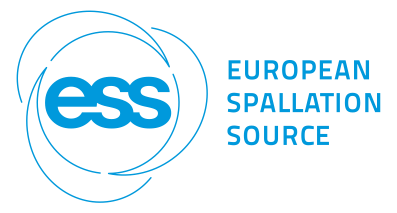Speaker
Dr
Niklas Lorén
(SP Food and Bioscience)
Description
Foods are complex soft materials that consist of many different components. Polysaccharides, proteins, lipids and water are the most common components. The way the different components are spatial distributed, their inherent properties and the interaction between the different components will strongly influence the macroscopic properties of the food. Thus, the food microstructure codes the food properties. The typical length scales of the structure are also very important for thefood properties. For instance, the oil droplet size distribution of mayonnaise at the micrometer level determines much of the mouthfeel. In addition, the stability of the mayonnaise is determined by the protein network at the nanometer level. Food structures are also very hierarchical. Imagine chocolate, there the fat phase consists of TAGs at molecular level. The TAGS assemble into lamellar structures at length scale of tens of nanometers which assemble into nanoplatelets at the length scale of fifth nanometers. These nanoplatelets then assembled into fractal like network structures at the micrometer level. The shelf-life and mechanical properties of the chocolate is determined by the fat crystal structure there different length scales act together to give the macroscopic properties. Thus, nice techniques to reveal the food microstructure at different length scales in both the real and reciprocal space are needed. In this presentation, food microstructure in general will be discussed.
Hydrogels are important as thickeners and stabilizers among others in foods. Hydrogels consist of a continuous gel strand network that is percolating the whole structure. The gel strands are dispersed in a continuous water phase. One important class of hydrogels is carrageenan. The carrageenan concentration, cooling rate, salt concentration, and type of salt are strongly influencing the hydrogel microstructure as seen by transmission electron microscopy1-3 and the mass transport and mechanical properties. The gelation of kappa-carrageenan and some of the challenges that remain to be answered will be discussed. Maybe neutron or x-ray techniques can shine some extra light on the gelation of kappa-carrageenan and other hydrogels?
1Walther, B.; Lorén, N.; Nydén, M.; Hermansson, A-M. (2006) Langmuir, 22, 8221-8228.
2Lorén, N.; Sthykova, L.; Nydén, M.; Jarvoll, P.; Hermansson, A-M. (2009) Biomacromolecules, 10 (2), 275-284.
3Hagman, J.; Lorén, N.; Hermansson, A-M. (2012) Food Hydrocolloids 29, 106 – 115.
| Topic Area / Session | Biopolymers |
|---|
